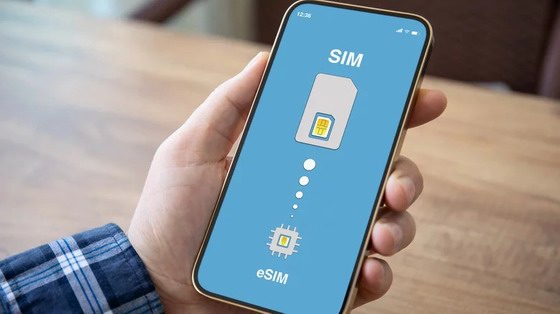|

Vietnam has a well-developed and rapidly advancing telecommunications
infrastructure, offering good connectivity for both residents and visitors.
Here's an overview:
Major Telecommunications Providers:
The Vietnamese telecommunications market is dominated by three main players,
often referred to as the "big three":
• Viettel: This is the largest and most dominant provider, known for its
extensive network coverage, including rural and remote areas. Viettel is a
state-owned company and is highly reliable. Many consider it the best option for
travelers due to its wide reach.
• VNPT (VinaPhone): A subsidiary of the state-owned Vietnam Posts and
Telecommunications Group (VNPT), VinaPhone is the second-largest provider. It
offers strong coverage, particularly in urban areas, and is known for
competitive speeds.
• MobiFone: Another significant player, MobiFone focuses on mobile
services, particularly in urban areas. It's often a good choice for
budget-conscious travelers and those primarily staying in cities.
Other, smaller providers include Vietnamobile and Gtel, which often offer
budget-friendly options but may have less extensive coverage.
Network Coverage and Speed:
• Extensive 4G Coverage: Vietnam has widespread 4G coverage, especially
in urban areas and popular tourist destinations. This provides reliable and fast
internet access for most users.
• Growing 5G Network: 5G deployment is rapidly expanding in Vietnam, with
Viettel and VinaPhone leading the rollout. As of early 2025, 5G stations have
been deployed in all 63 provinces and cities, primarily focusing on densely
populated urban areas. The government aims for 99% 5G coverage by 2030.
• Improving Internet Speeds: Vietnam has seen significant jumps in its
internet speeds. Recent reports indicate that mobile internet speeds have
reached new highs, placing Vietnam in the top ranks globally. Fixed broadband
speeds are also strong.
• Consistency: Providers like Viettel demonstrate high consistency in
their fixed broadband performance.
SIM Cards for Tourists:
Getting a local SIM card is highly recommended for tourists in Vietnam as it
provides affordable data, local calls, and allows for easy navigation and
communication.
• Where to Buy:
o International Airports: This is the most convenient place to purchase a
tourist SIM upon arrival.
o Official Provider Stores: Viettel, VinaPhone, and MobiFone all have
official stores in cities where you can buy and register a SIM card.
o Convenience Stores/Retail Chains: Some convenience stores (e.g., Circle
K, VinMart) and electronics retailers (e.g., The Gioi Di Dong, FPT Shop) also
sell SIM cards.
• Registration: By law, SIM cards in Vietnam must be registered with your
passport. Ensure you have your passport readily available when purchasing.
• Types of SIMs:
o Physical SIM: The most common option, available in various sizes
(Mini-SIM, Micro SIM, Nano SIM).
o eSIM: eSIM profiles are increasingly available from major providers,
offering a convenient digital option for compatible phones.
• Tourist Packages: The major providers offer specific tourist SIM
packages with varying data allowances, call minutes (local and sometimes
international), and validity periods (e.g., 7, 15, or 30 days). These are
generally very affordable.
o Viettel: Often has high data volumes and call benefits.
o VinaPhone: Offers balanced options with data, calls, and messaging.
o MobiFone: Good for social media users and high data volume, especially
for city use.
• Cost of Data: Vietnam is known for having some of the cheapest mobile
data in the world. You can get ample data for your trip at a very low cost,
often just a few US dollars for several GBs.
Internet Access Options Beyond SIM Cards:
• Wi-Fi: Free Wi-Fi is widely available in hotels, guesthouses, cafes,
restaurants, and even some public places.
• Pocket Wi-Fi (MiFi): You can rent or buy portable Wi-Fi devices for
continuous internet access on the go, often useful for groups or multiple
devices.
Tips for Telecommunications in Vietnam:
• Unlock Your Phone: Ensure your mobile phone is unlocked to accept a
Vietnamese SIM card.
• Download Provider Apps: Once you have a SIM, download the provider's
app (e.g., My Viettel, My VNPT) to monitor your data usage, top up, and manage
your plan.
• Top-Up Options: You can easily top up your credit at convenience
stores, official provider stores, or through online payment apps like MoMo or
ZaloPay.
• Test Connection: Before leaving the store where you bought your SIM,
activate the data and test the connection to ensure it's working properly.
• Keep Packaging: Keep the SIM card packaging as it often contains
important information like your phone number and activation details.
Vietnam's telecommunications sector is robust and continuously improving, making
it easy for travelers to stay connected throughout their journey. |